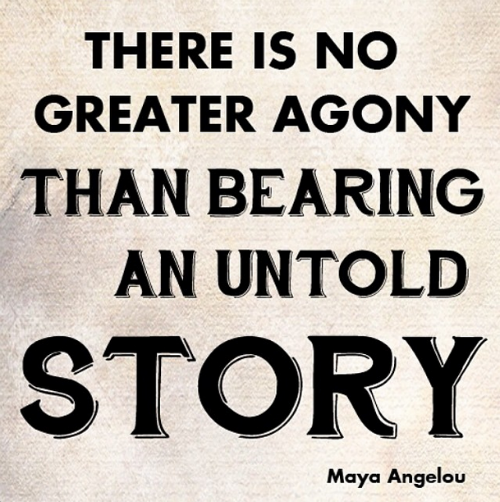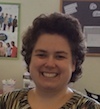Stories of Tomorrow: The Stuff Writing Miracles Are Made Of

Tomorrow’s stories start in all sorts of places: on the drive to work, or at the movie theater. One constant source of inspiration? The classrooms that tackle NaNoWriMo through our Young Writers Program. YWP educator Kim Sutherland shares the three most surprising things she discovered while guiding her students through writing a novel:
I had heard about NaNoWriMo as a teacher consultant with the National Writing Project, and was interested in participating personally. In fall of 2011, I was browsing the NaNoWriMo website to get more details, and came across the link to the Young Writers Program. That year, I was teaching a group of particularly reluctant readers and writers in my fourth and fifth grade self-contained class at the alternative day school in which I work. My writers’ workshop time with them was not as fruitful as had been in past years. It just wasn’t their cup of tea, and I was struggling to find alternate ways to motivate my young students.
The YWP site had so many resources, ideas, and stories from teachers who had successfully run the program across many different settings, I thought, “Why not?” I figured my students would appreciate the authentic, real-world application of writing like a professional, and we could make the experience even richer by writing together.
There were a couple of difficulties in running the YWP that first year. No other teacher at my school had ever tried writing a novel, either personally, or with their students. So I was dependent on the YWP website for support. Additionally, it was a tight timeline. We decided to take on this endeavor in late September, and didn’t fully begin to prepare until the second week in October. What made it bearable was that my students were wildly enthusiastic about writing a novel, and that made my crash course in learning the ins and outs of NaNoWriMo and the YWP more than bearable! There were so many surprises as we went along.
The first is how easy it was for buy-in on the part of the kids. They were really jazzed at the thought of doing the work of real writers, and I pushed that concept from beginning to end. It helped keep us all focused and motivated to reach our goal.
The second was the two paraprofessionals in my class agreed to write along with us, although they were somewhat reluctant to do so. The three of us writing together with our students brought a new dynamic to the class, where our discussions about our writing weren’t teacher to student, they were writer to writer.
Lastly, in a school setting where on-task behaviors typically max out at 20 minutes, I was amazed to see the endurance with which my students worked on their novels. I had allocated an hour a day for writing, but there were students who asked to write through part of their recess and lunch periods, because they were so motivated to continue with a plot line or character description. Difficult behaviors decreased during NaNoWriMo, and more positive and pro-social behaviors emerged. The support the kids accepted and gave was inspiring.
My favorite NaNoWriMo moment happened on a day when I wasn’t feeling particularly wordy, and was sitting at my computer station, lollygagging while the students around me were typing feverishly.
One of my fourth graders leaned over, looked at my screen and said, “You haven’t typed a word in over five minutes”.
I sighed and admitted that I was in a rut.
She patted me on the back and whispered into my ear “You know you can do this. Some days are better than others. Just write. It doesn’t matter if it’s good or not. That’s what revision is for”.
That’s when I knew that NaNoWriMo was the stuff writing miracles are made of!
In the future, I would love to see all the adults who participate with the kids commit to writing with them each day, and have training for teachers to practice the characteristics of good, authentic, real-life writing, and to focus on a “writerly” life. That’s a hard sell for adults like me who are so tempted to edit and revise as we write instead of just get the ideas down on paper!
Writers don’t need much, but it does make a difference to the kids when their work is honored by providing them with the tools they need and the ones that help them maintain the excitement and drive to get to that promise land—their word count!

Kim Sutherland is an elementary special needs teacher in the Fall River (MA) Public Schools. She’s a teacher-consultant with the Buzzards Bay Writing Project—a local site of the National Writing Project—and is director of their Invitational Summer Institute for teachers. She lives in Rhode Island with her family and is currently revising her first NaNoWriMo novel, to the dismay of the main characters in her second and third NaNo-novels.
Chris Baty's Blog
- Chris Baty's profile
- 63 followers



